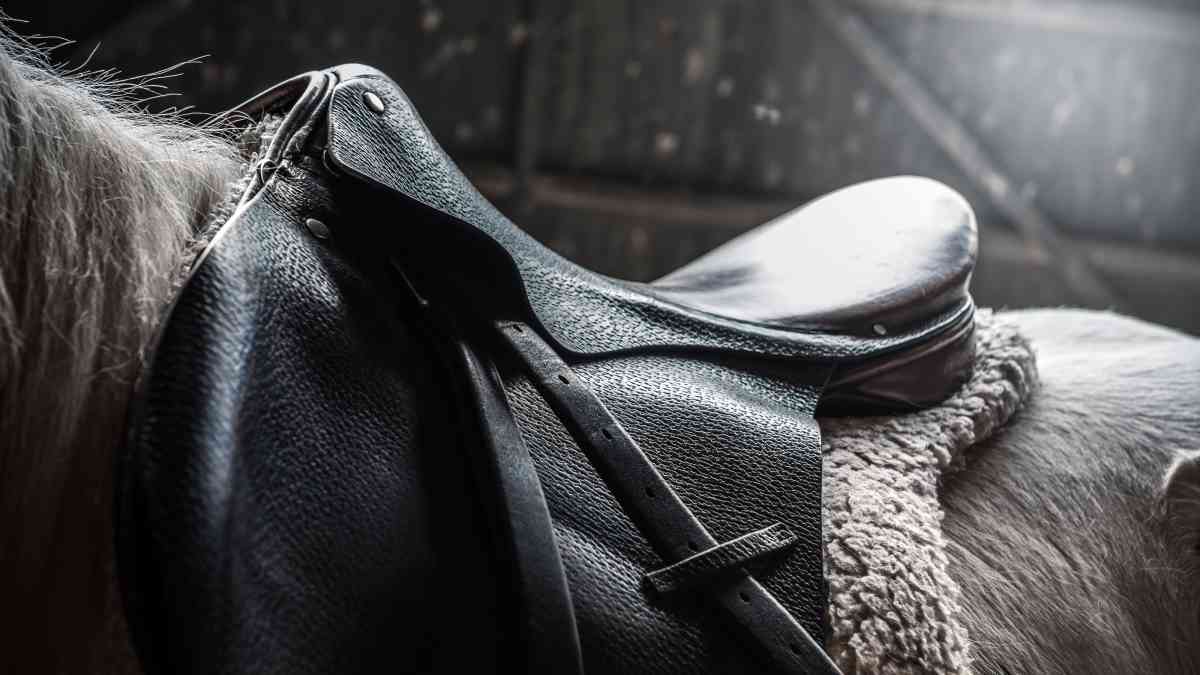
What Side Do You Tack Up a Horse On: A Detailed Guide?
Share
Tacking up a horse is a crucial process for any rider, and understanding what side do you tack up a horse on is essential for safety and routine. Traditionally, horses are tacked up on the left side, known as the 'near side'. This convention stems from the historical practices of horse handling, rooted in when knights would mount their horses while wearing swords. However, the side on which you tack up is not merely a tradition; it has implications for the animal's comfort and the rider's safety.
Many new horse owners may wonder why it is standardized to tack up on the left side. The significance lies in the training and behavior of the horse. Horses are often accustomed to being approached and handled from this side. This familiarity can help reduce anxiety and promote a more harmonious interaction between horse and handler.

Why Tack Up on the Left Side?
The primary reason for tacking up on the left side is related to historical practices and horse training. Most horses are conditioned to accept saddles, bridles, and other tack being placed on the left side first. Following this practice not only ensures that the horse remains calm but also minimizes the risk of injury for both the horse and the rider. As a health-conscious pet owner, understanding your horse's comfort and minimizing stress should be a top priority.
How to Properly Tack Up a Horse
When getting ready to tack up your horse, always begin with a calm environment. Ensure your horse is secured in a safe area, ideally tied or in a horse block where it cannot move around too much. Heres how to tack up effectively:
- Start by grooming your horse. This not only helps check for any injuries but also builds a bond.
- Bring your saddle to the left side of the horse and gently place it on the withers.
- Fasten the girth gentlynot too tight at firstto allow your horse to adjust.
- Once the saddle is securely in place, you can proceed to the bridle.
- Use a soft approach while handling the horses head, and place the bridle on the left side.
Additional Considerations
While sticking to the left side is the standard, remember that some horses may be ambidextrous and may respond equally to both sides. However, training your horse consistently on one side will yield better results. For more insights into horse handling and care, consider reading about cleaning dressage saddles or check out our post on essential horse tack for beginners.
Tips for a Positive Tacking Experience
To ensure that your horse is comfortable during the tacking process, consider these important tips:
- Stay calm and assertive throughout the process.
- Reward your horse with a treat or affection after tacking up.
- Monitor your horse's body language for signs of discomfort.
- Make sure your tack is the appropriate size to avoid injury.
Understanding Different Tack Types
Understanding the various types of horse tack is crucial for any pet owner. For example, choosing the right horse equipment can affect your horses health and performance. There are many types of tack, including:
- Saddles (English, Western, etc.)
- Stirrups
- Girths and Cinches
- Bridles
- Blankets and pads

FAQs
What should I do if my horse resists tacking up?
If your horse is resistant, try to assess the reason for its behavior. It could be discomfort, anxiety, or even previous negative experiences. Spend more time grooming and desensitizing it before attempting to tack up.
Is it okay to tack up on the right side?
While it's generally not advisable, some horse owners have trained their horses to accept tacking from the right side. If you go that route, ensure consistent training to avoid confusion.
How can I ensure my horse is comfortable with tack?
To ensure comfort, regularly check your tack for fit and cleanliness. Invest in quality tack that suits your horse's size and breed.
As an Amazon Associate, I earn from qualifying purchases.
As an Amazon Associate, I earn from qualifying purchases.
